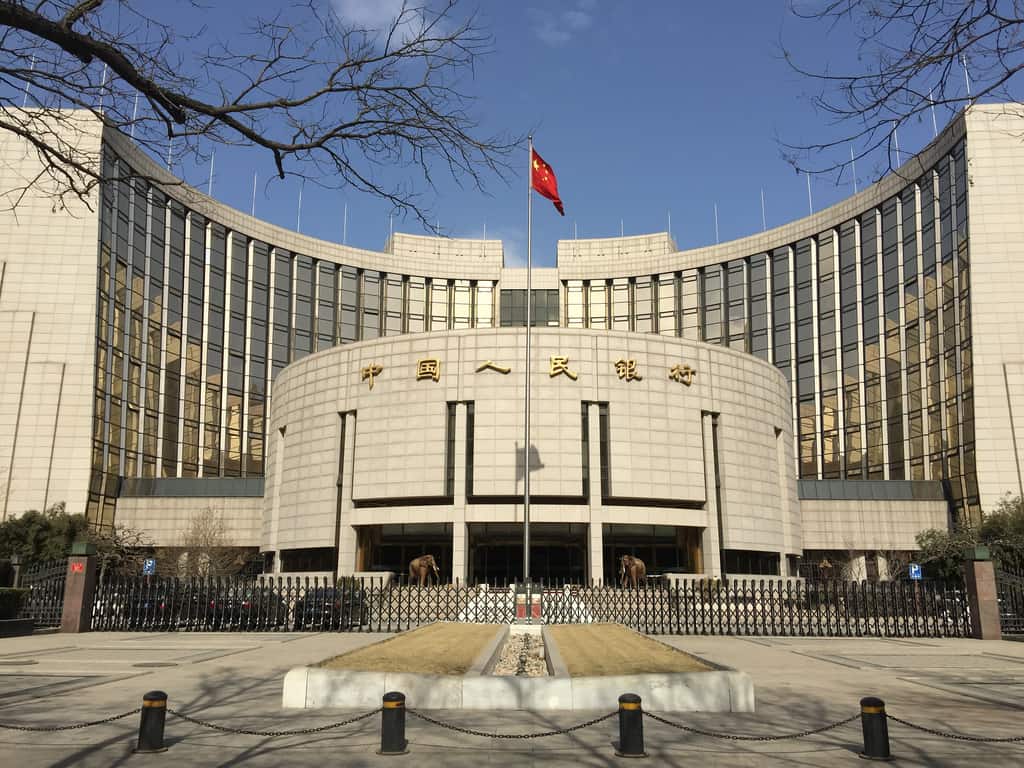The People’s Bank of China (PBOC) has just released its “2022 Second Quarter Chinese Monetary Policy Execution Report” (2022年第二季度中国货币政策执行报告).
The Q2 Report highlighted PBOC’s efforts to “expand the strength of implementation of stable monetary policy and effectively employ the dual roles of quantitative and structural monetary policy tools.”
The Report also calls for “active reaction, stimulating confidence, effectively making cross-cyclical adjustments, and focusing simultaneously on the short-term and the long-term, economic growth and price stability, and internal balance and external balance.”
PBOC committed to “not engaging in large-scale irrigation or excessive issuance of money,” and providing stronger, more high-quality support to the real economy.
Key measures implemented by PBOC in the first half included:
- Maintaining rationally ample liquidity. Reductions in the reserve ratio of 0.25 percentage points, a transfer of 900 billion yuan in profits to the central bank, and the use of re-loans, re-discounts, medium-term lending facilities (MLF) and open market operations to further release liquidity.
- Diversifying and improving structural monetary policy tools. Increasing the incentive funds ratio for financial inclusion micro-and-small loans from 1% to 2%, and increasing the special re-loan quota to support clean energy and carbon reduction by 100 billion yuan.
- Driving reductions in overall financing costs for enterprises. Guiding appropriate declines in the 7-day reverse repo rate, the MLF rate and the 1-year and 5-year loan prime rates (LPR). Employing the guidance and reform role of the LPR.
In the first half of the year new renminbi loans increased 13.68 trillion yuan, for an expansion of 919.2 billion yuan compared to the same period last year.
As of the end of June the broad M2 money supply increased 11.4% compared to the same period last year, while outstanding total social financing increased 10.8%, for accelerations of 2.4 percentage points and 0.5 percentage points respectively compared to the end of last year.
The financial inclusion micro-and-small loan balance increased by 29.7% compared to the same period last year, while the medium-and-long term manufacturing sector balance increased by 23.8%.
As of the end of June the weighted average interest rate for enterprise loans was 4.16%, for a decline of 0.42 percentage points compared to the same period last year.


